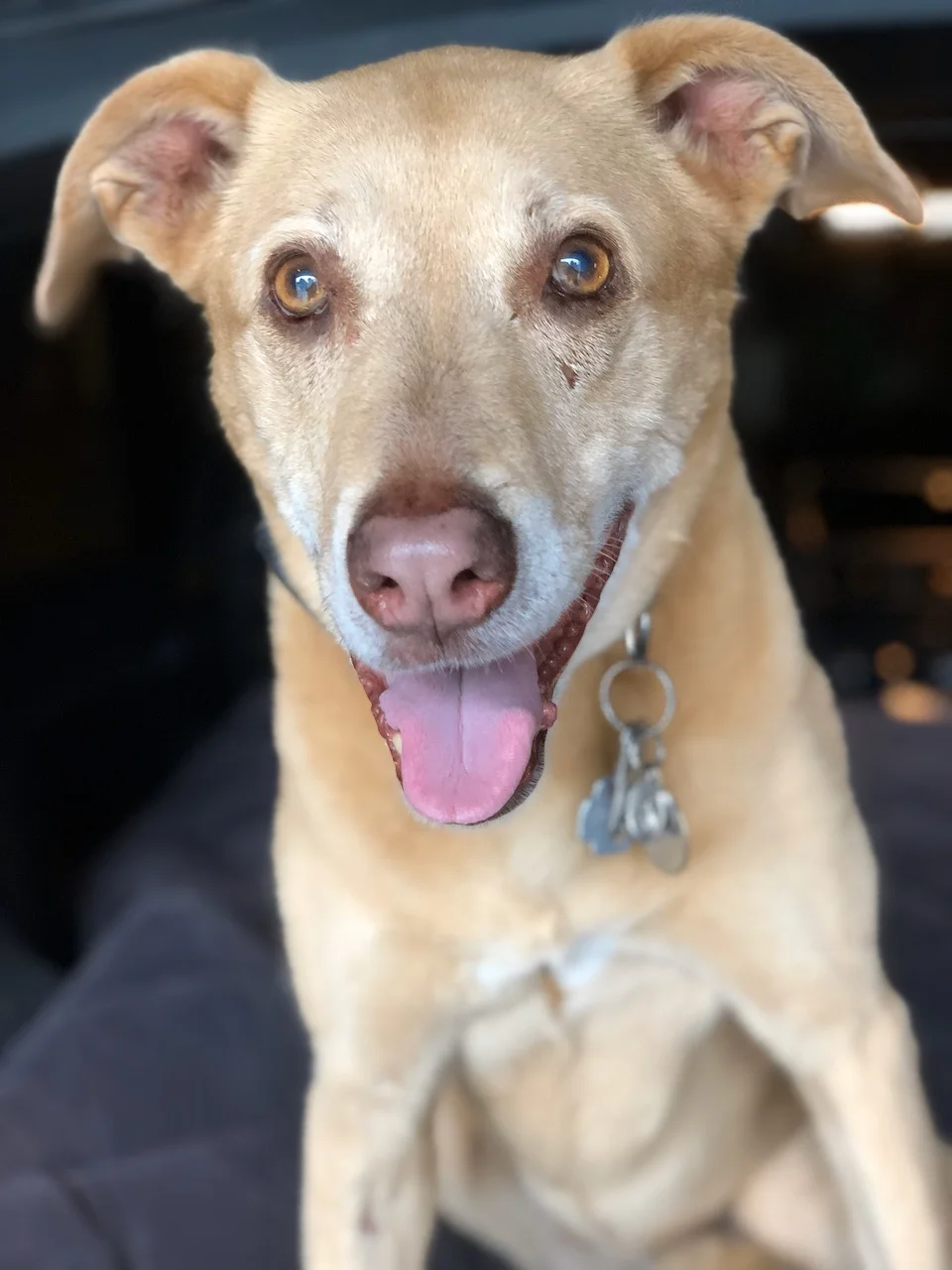Companies are fearful of change. Which drives them to places they would never willingly go if they could see where they were headed.
This week’s fiasco on Lakeshore Drive in Chicago is a pretty good example of what happens when fear of change makes you do the same thing you always do, even in the face of growing evidence that this will not turn out well.
 On Tuesday night, the people who ended up trapped in their cars were those who believed that so wide a road and so many companions would provide safe passage.
On Tuesday night, the people who ended up trapped in their cars were those who believed that so wide a road and so many companions would provide safe passage.
In fact, it took only one gently sliding bus to block the way and create a situation in which many people became convinced that they would die where they sat. Frozen and alone. Fifty yards from one of the most affluent neighborhoods in the world. On a piece of road that has provided a reliable and predictable way home to hundreds of millions of travelers over the last 100 years.
From habit to hell in three hours. It rarely happens that fast. But it can.
Those that took the side streets found the roads difficult, but passable. It took longer than usual, but they made it safely to their destinations.
Taking the less traveled path requires two steps:
- Recognizing that external forces are creating the need for change
- Working knowledge of possible alternatives
As a business this requires combining a strategic view of where you’re headed, and constant exploration of the best way to get there.
Which is not always the most direct. Or the most familiar.































